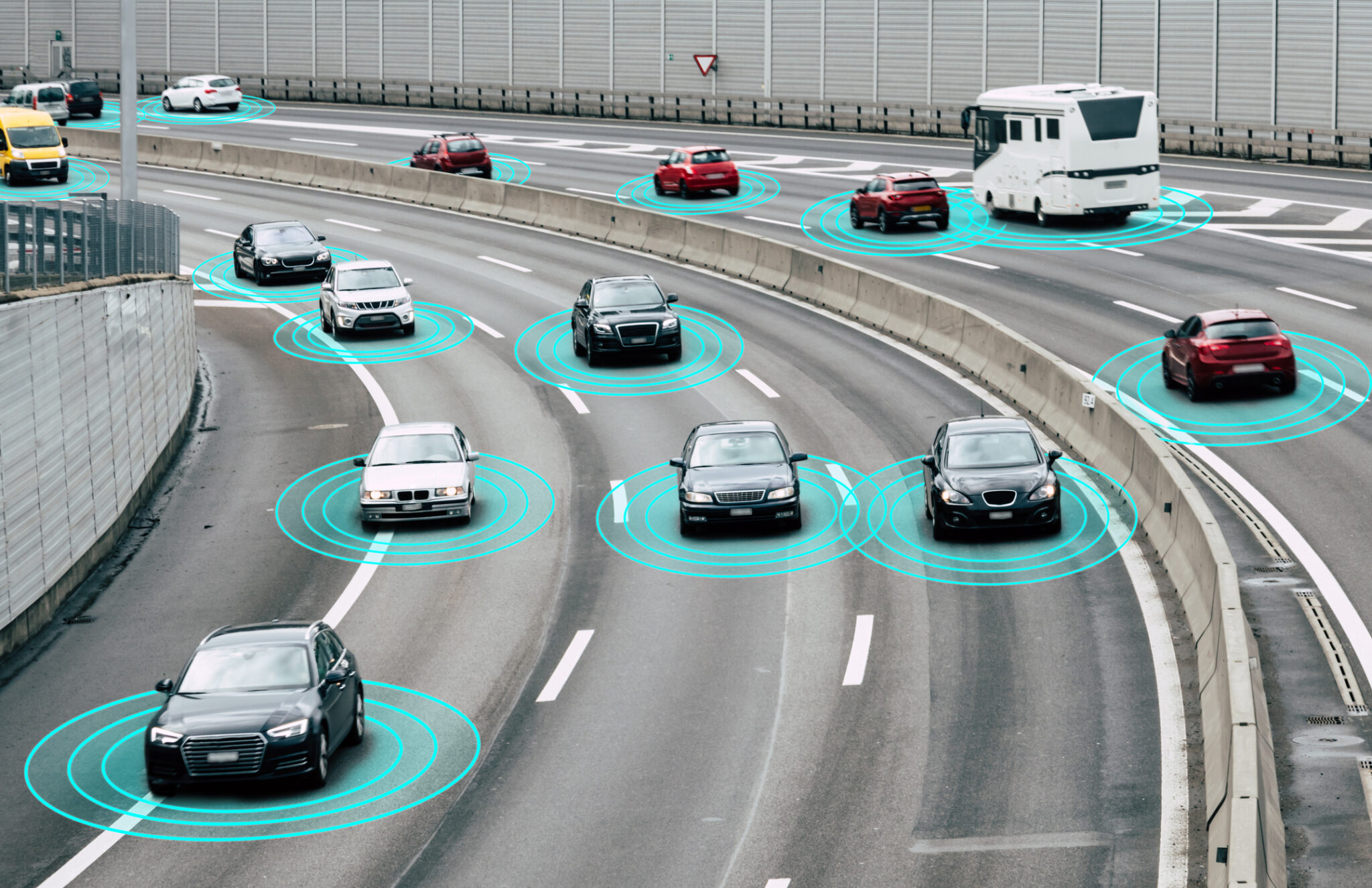
The Herculean task required to reduce liability claims involving autonomous vehicles
July 30, 2020 by Adam Malik

Print this page Share
Autonomous vehicles need their own space to operate, a report says, and auto executives agree that putting them on the same roads as human-driven cars in a mixed-use environment will only increase liability claims.
“As autonomous technology develops and matures, executives are increasingly also understanding its limitations — including its unfeasible application in mixed traffic,” says the 2020 Global Automotive Executive Survey from business advisory firm KPMG.
KPMG’s Automotive Institute also believes it’s not safe for human drivers to operate vehicles next to autonomous automobiles in mixed traffic. What the group prefers instead is what it refers to as “islands of autonomy,” where self-driving cars drive alongside others of the same kind, separated from non-autonomous vehicles.
In this scenario, self-driving cars can follow the same sets of rules, based on swarm intelligence — each member moves in the same direction and at the same speed, all while maintaining the same distance to one another. It’s similar to how flocks of birds or schools of fish move.
“This must also be the goal for autonomous mobility, if we are to realize the technology’s full efficiency potential,” the report outlined. “With AVs currently operating in mixed traffic, with only partially defined lanes and no mechanism to enforce set distances between vehicles, we are currently far from adopting and replicating swarm behaviour in our mobility patterns. Public transport is the closest we have come to replicating nature, for example with subways operating along fixed routes at regular intervals.”

iStock.com/MicroStockHub
If this “swarm intelligence” doesn’t happen, auto executives believe liability claims will be on the rise. In fact, an increasing number of them now believe this will be the case, the survey found. More than three-quarters (77%) of global executives at least partially agreed that “mixed traffic between autonomous and non-autonomous vehicles will lead to severe safety issues and liability claims.”
Recently, the Insurance Institute for Highway Safety (IIHS) issued a report that found self-driving cars wouldn’t reduce as many crashes as one might expect. However, the study it conducted judged vehicles of both kinds — human-operated and autonomous — on the same roads.
The IIHS cited a separate study that showed nine out of 10 crashes were the result of driver error as the final failure point. The group stated that about a third of those crashes were the result of mistakes that autonomous vehicles would be expected to avoid thanks to having more accurate perceptions than a human behind the wheel and the lack of vulnerability to incapacitation.
“To avoid the other two-thirds [of crashes, automated vehicles] would need to be specifically programmed to prioritize safety over speed and convenience,” the report noted.
A big question about so-called “islands of autonomy” is how to create them. Current infrastructure would have to change radically.
“The islands of autonomy will have enormous consequences for the planning of cities and transportation systems, from how to construct highways to where and how much parking will be needed,” highlighted Gary Silberg, partner and national automotive leader for KPMG U.S., in a 2017 publication entitled Islands of Autonomy.
Still, KPMG figures we’re still farther away from seeing Level 5 (fully autonomous and not needing any human control) vehicles on any road than originally believed.
“Besides the development of the necessary vehicle software, the extensive rollout of 5G networks will be a further prerequisite for fully autonomous connected vehicles,” the report said.
Originally primarily estimated for 2025, expectations of both executives and consumers now peg the arrival of fully autonomous vehicles for 2030 (46% of executives; 39% of consumers), though a sizeable amount have projected the arrival for 2040 (22% of executives; 17% of consumers). Just 3% of executives and 9% of consumers said it will never happen.
Feature image by iStock.com/IGphotography
Have your say: